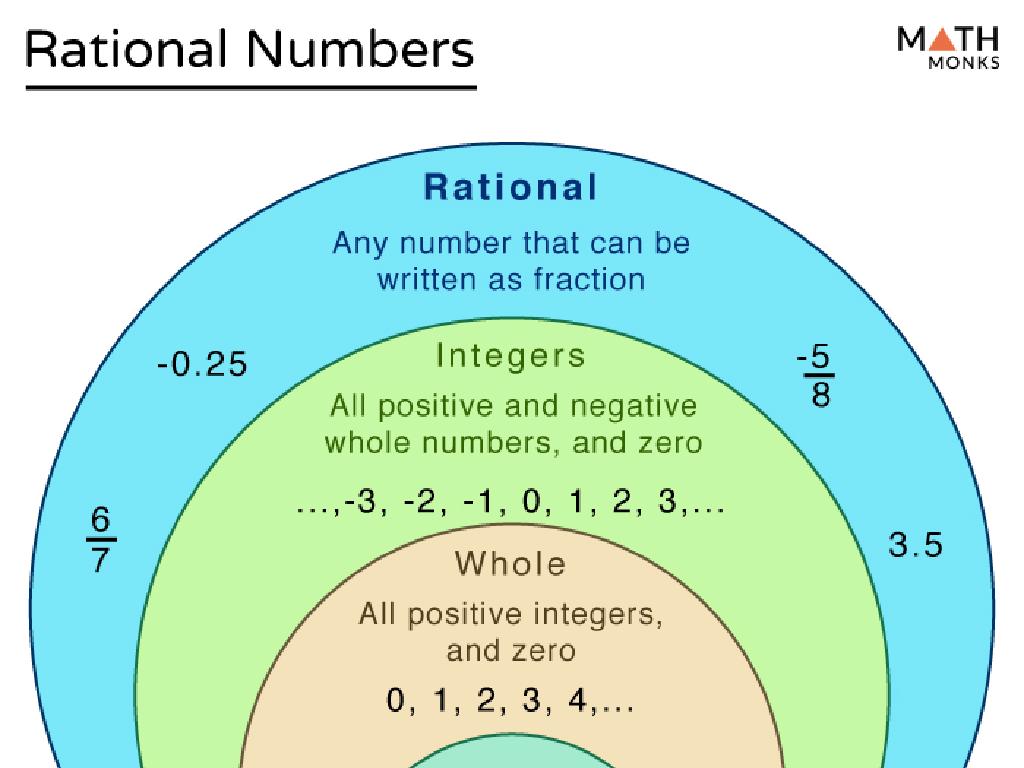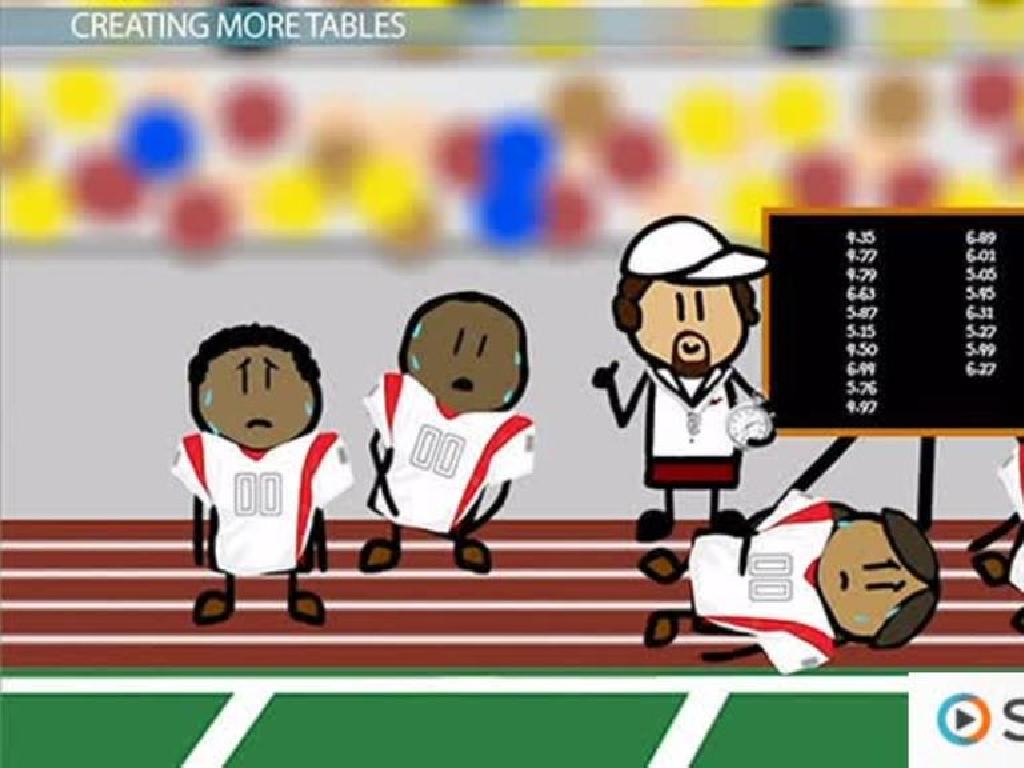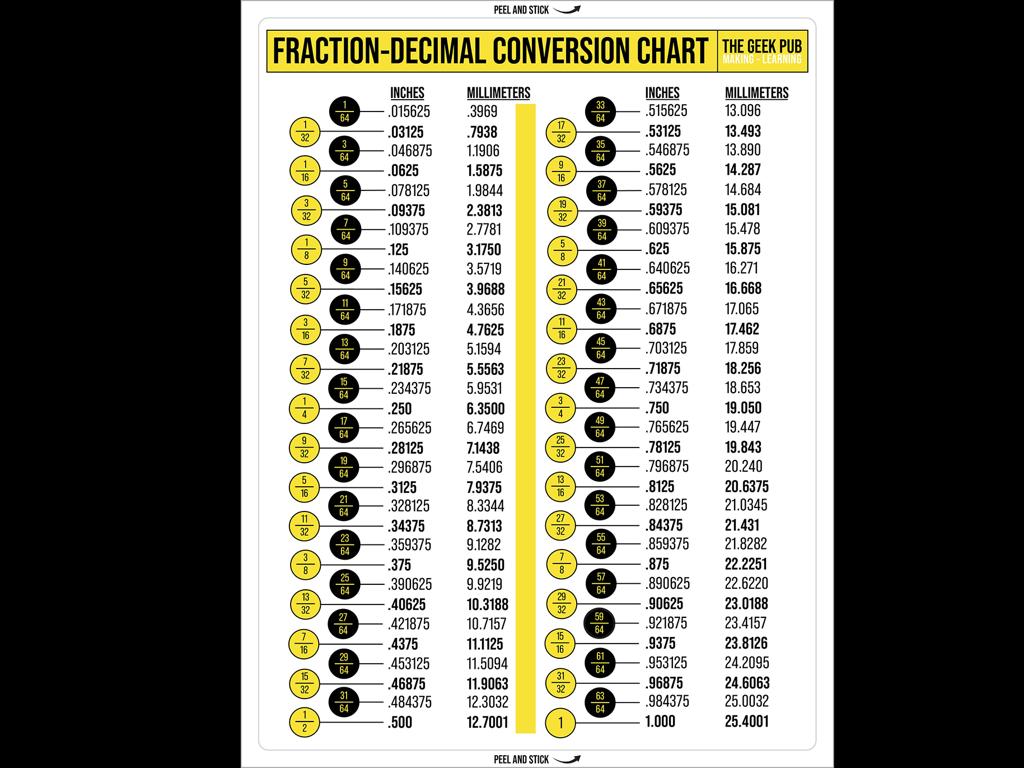Identify Rhombuses
Subject: Math
Grade: Third grade
Topic: Quadrilaterals
Please LOG IN to download the presentation. Access is available to registered users only.
View More Content
Exploring Rhombuses in Quadrilaterals
– What is a quadrilateral?
– Discovering the rhombus
– A rhombus has four equal sides
– Rhombus is a special quadrilateral
– It also has opposite equal angles
– Characteristics of a rhombus
– Diagonals of a rhombus bisect at right angles
|
Begin the lesson by engaging students with the question about quadrilaterals to assess their prior knowledge. Explain that a quadrilateral is a four-sided shape. Introduce the rhombus as a special type of quadrilateral, emphasizing its unique properties such as all sides being equal in length, opposite angles being equal, and diagonals bisecting at right angles. Use visual aids to help students identify and remember these characteristics. Encourage students to draw their own rhombuses and to look for real-life examples of this shape. The goal is for students to be able to recognize and describe the properties of a rhombus by the end of the lesson.
Exploring Quadrilaterals: Meet the Rhombus
– Quadrilateral: a four-sided shape
– Examples: squares, rectangles, trapezoids
– Unique properties for each
– Sides, angles, and symmetry differ
– Focus on rhombuses
– Rhombuses have equal-length sides and opposite equal angles
|
This slide introduces the concept of quadrilaterals to third-grade students, emphasizing that they are shapes with four sides. Provide examples of quadrilaterals like squares, rectangles, and trapezoids to help students visualize. Explain that each type of quadrilateral has unique properties that set them apart from each other, such as the length of sides, the size of angles, and lines of symmetry. The slide then narrows down to focus on rhombuses, highlighting their defining property of having all sides of equal length and opposite angles that are equal. Encourage students to think of examples of rhombuses they may have seen in real life, such as diamonds on playing cards.
Meet the Rhombus
– A rhombus is a special shape
– It’s a type of quadrilateral with 4 equal sides
– It looks like a diamond
– Think of a baseball diamond or a kite
– All sides are the same length
– Like a square’s sides, but a rhombus can lean over
– Angles are not always the same
|
Introduce the rhombus as a member of the quadrilateral family, emphasizing its unique characteristics. Explain that while all sides of a rhombus are equal in length, it differs from a square in that its angles are not all 90 degrees, which gives it a ’tilted’ appearance. Use familiar objects like diamonds and kites to help students visualize the shape. Encourage them to draw their own rhombuses and to identify objects around them that resemble this shape. This will help solidify their understanding of the properties of a rhombus.
Properties of a Rhombus
– Opposite angles are equal
– Each corner angle has a twin across from it
– Diagonals intersect at right angles
– Where the diagonals cross, they form ‘L’ shapes
– Diagonals bisect each other
– Each diagonal cuts the other into two equal parts
– Diagonals are lines of symmetry
– Diagonals split the rhombus into mirror images
|
This slide introduces students to the unique properties of a rhombus, a special type of quadrilateral. Emphasize that opposite angles being equal means that one corner of the rhombus has an angle that is exactly the same as the angle directly across from it. When explaining diagonals intersecting at right angles, illustrate with examples of the letter ‘X’, where the meeting point is a right angle. Highlight that bisecting means to divide something into two equal parts, which is what the diagonals do to each other. Lastly, explain that lines of symmetry in a shape mean that if you were to fold the shape along that line, both sides would match up perfectly. Use simple, relatable examples and encourage students to draw their own rhombuses and identify these properties.
Rhombuses Around Us
– Spot rhombuses in daily life
– Examples: Kites, windows, tiles
– Look for objects with four equal sides
– Rhombuses are common shapes
– Observe and find rhombuses
– Be a shape detective in your surroundings
|
This slide aims to encourage students to observe and identify rhombuses in their everyday environment. Rhombuses are a type of quadrilateral with four sides of equal length. Examples include kites, certain windows, and floor tiles. By recognizing these shapes in familiar objects, students can better understand the concept of rhombuses and how they are a part of our daily lives. Encourage the students to be ‘shape detectives’ and look for rhombuses at home or in the classroom. This activity will help reinforce their understanding of geometric shapes and their properties.
Drawing a Rhombus
– Start with one straight side
– Make all sides equal in length
Each side must match the first side’s length
– Check angles are equal
Angles opposite to each other are equal
– Diagonals intersect at right angles
Diagonals bisect each other at 90 degrees
|
This slide is designed to teach third-grade students the step-by-step process of drawing a rhombus, which is a type of quadrilateral. Begin by drawing one side of the rhombus. Then, extend lines from each endpoint of the first side, making sure that all sides are of equal length. It’s important to ensure that opposite angles are equal, which is a characteristic of rhombuses. Lastly, the diagonals of a rhombus should intersect at right angles (90 degrees) and bisect each other. This activity will help students understand the properties of rhombuses by creating one themselves. Provide rulers and protractors for students to accurately measure sides and angles. Encourage them to check their work by measuring the diagonals and verifying the right angles where they intersect.
Class Activity: Rhombus Hunt and Craft
– Search for rhombus-shaped objects
– Build a rhombus with sticks or straws
– Use equal-length sticks for sides
– Discuss your findings
– Where did you find a rhombus?
– Show and tell with the class
– Share your rhombus and where you found it
|
This interactive class activity is designed to help students identify rhombuses in their environment and understand their properties by creating one. Students will search the classroom for objects that have the shape of a rhombus, such as book angles or certain tiles. They will then use sticks or straws to construct their own rhombus, ensuring all sides are equal in length and opposite angles are equal, which are key properties of a rhombus. After the creation, students will present their findings and explain the process of identifying and making a rhombus. This activity will reinforce their understanding of rhombuses and how they fit into the broader category of quadrilaterals. The teacher should prepare by ensuring there are enough materials for construction and facilitate the sharing session to ensure each student has the opportunity to present.
Rhombus Round-Up Conclusion
– Great job learning about rhombuses!
– Remember: all sides are equal
– Each side of a rhombus is the same length
– Spot rhombuses around you
– They can be found in tiles, diamonds, and kites
– Keep practicing your shapes!
|
As we wrap up our lesson on rhombuses, congratulate the students on their hard work. Reinforce the key property of a rhombus: all four sides are of equal length. Encourage them to observe their surroundings and discover rhombuses in everyday objects, which will help them connect classroom learning to the real world. Continue to practice identifying rhombuses and other quadrilaterals to strengthen their geometry skills. For homework, they could draw or find pictures of objects that resemble a rhombus and bring them to class for discussion.






